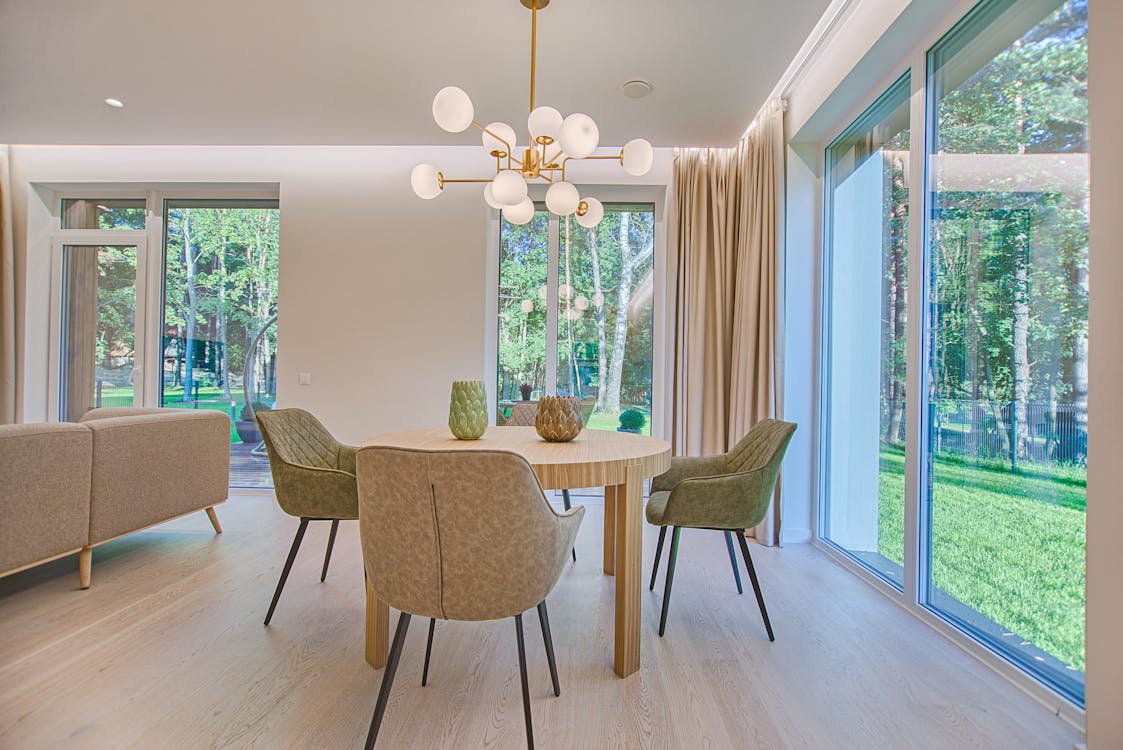A Blend of Ancient Wisdom and Modern Practice

Feng Shui, which translates to "wind" and "water," is an age-old Chinese practice with a history stretching over 3,000 years. As a complex body of knowledge originating from Taoist cosmology and ideology, its primary aim is to create harmony between individuals and their surrounding environments. This is achieved by aligning spaces with the universal flow of energy or "Chi," with the belief that such alignment can usher in positivity, prosperity, and well-being.
In the annals of ancient China, Feng Shui was employed to strategically orient buildings and structures. These ranged from spiritually significant buildings such as tombs and palaces to ordinary dwellings. This orientation was often done in an auspicious manner, linking the physical spaces to the greater cosmos to usher in good fortune. Such belief systems persist even today, with many arranging their homes and businesses according to Feng Shui principles to encourage good luck and avert misfortune.
A simple example of Feng Shui practice involves the orientation of furniture within a room. For instance, placing a desk or bed in a "command position" that faces the door, but isn't directly in line with it, is believed to create a sense of security and control. By applying this principle, inhabitants can feel both protected and at ease, enhancing harmony within the space.

Historically, the main motivation for the utilization of Feng Shui was the pursuit of harmony and prosperity within one's environment. As an intricate part of the Chinese philosophical system, Feng Shui was seen as a means to align oneself with the natural world. It was believed that this harmonious alignment could attract positive outcomes in various life aspects, including health, relationships, and financial success. Moreover, the positioning of dwellings or structures according to Feng Shui principles was considered a preventive measure, aimed at averting misfortune or negative energy.
The enduring appeal of Feng Shui to modern design lies in its inherent promise of balance, harmony, and the creation of environments that contribute to overall well-being. As societies evolved, the motivations for using Feng Shui transitioned from its traditional use in Chinese cosmology to being instrumental in modern interior design. The quest for aesthetically pleasing, balanced, and emotionally resonant spaces became a significant driving force behind its widespread adoption. Amid the stresses of the rapidly changing modern world, Feng Shui offers a tranquil oasis, fostering a harmonious flow of energy within living spaces.
In today's context, Feng Shui is seen not just as an aesthetic guideline but a path towards holistic living. Its principles underscore the profound influence our surroundings have on our psychological well-being, extending the boundaries of traditional interior design. As our understanding of health and well-being broadens to incorporate the mental and emotional impact of our physical environment, Feng Shui's relevance endures. It continues to offer invaluable insights into creating nurturing spaces that harmonize with their inhabitants, fulfilling both their physical and emotional needs.
Another example of Feng Shui's impact on harmony is its emphasis on balancing the five elements – wood, fire, earth, metal, and water – in a space. For example, a room with an abundance of wooden elements can be balanced with metal accents, symbolizing the productive cycle where metal shapes wood. By achieving this elemental balance, the space can evoke a more harmonious and balanced feeling.

The relationship between Feng Shui and scientific evidence, however, is less clear. In terms of empirical measurability and quantifiability, Feng Shui's principles do not readily align with the western scientific model. Being based on holistic and intuitive principles, Feng Shui might seem elusive or superstitious to some.
Nevertheless, relegating Feng Shui to the realm of fiction might oversimplify its merits. Despite the abstract concept of "Chi," the experience of entering a room that feels harmonious and balanced is an undeniably tangible one.
Consider this: Feng Shui principles promote a clutter-free and well-lit environment. These aspects align with psychological research demonstrating the impact of our environment on mental health. The notion of clear, unobstructed paths for Chi to flow is comparable to intuitive spatial layouts that facilitate smooth movement. The five elements of Feng Shui—wood, fire, earth, metal, and water—suggest a balanced mix of different materials and textures in a room. These principles align seamlessly with many modern design practices.

While Feng Shui might not align with conventional scientific methodologies, its value as a guiding philosophy in interior design cannot be denied. It promotes awareness of the interplay between humans and their environment, acknowledging the emotional impact of spatial arrangement. It underscores that effective design transcends visual appeal, aiming to create spaces that nurture and inspire those who inhabit them.

It may not be accurate to classify Feng Shui strictly as science or fiction. Instead, it is an age-old tradition steeped in the pursuit of harmony, balance, and well-being within our spaces—principles that are as relevant today as they were millennia ago. Whether viewed as a design philosophy or ancient wisdom, Feng Shui provides valuable insights into creating living spaces that not only look good but also feel harmonious and balanced. By mindfully incorporating Feng Shui principles, we can create a balanced environment that promotes serenity and well-being.
